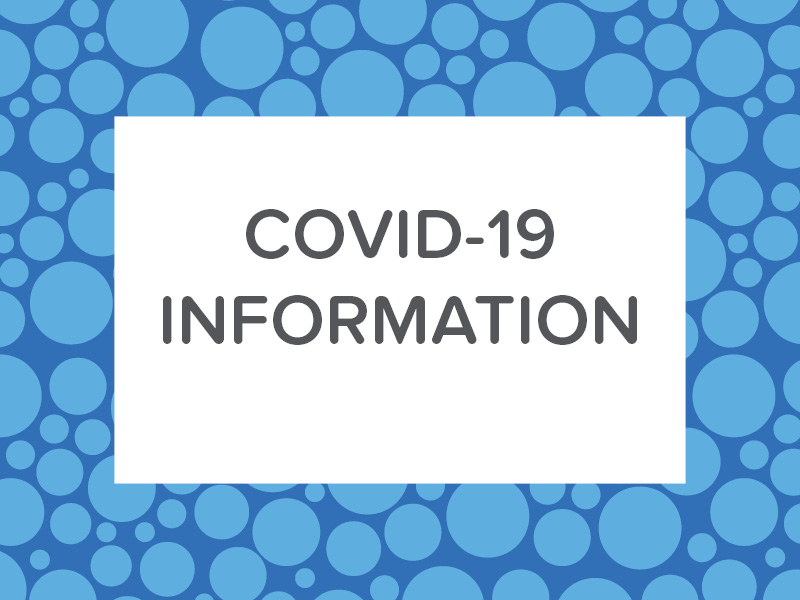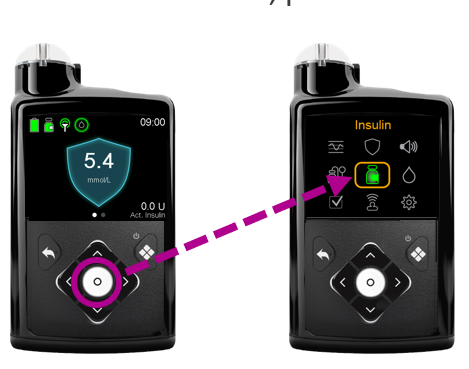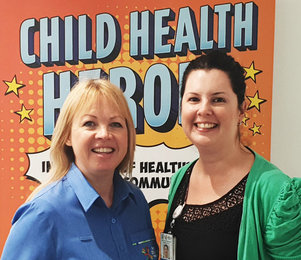Search

News & Events
Type 1 diabetes National Screening Pilot launches in WADid you know that 9 out of 10 children diagnosed with type 1 diabetes have no family history of the condition?

News & Events
COVID Update August 2022We have been advised by the Department of Infectious Diseases at Perth Children's Hospital and the Wesfarmers Centre of Vaccines and Infectious Diseases at The Kids Research Institute Australia that COVID-19 vaccinations are now available for young children aged 6 months to 4 years with type 1 diabetes.

News & Events
Covid Vaccination StatementRe: Recommendations from the Diabetes and Endocrinology Department at Perth Children’s Hospital and the Children’s Diabetes Centre at The Kids Research Institute Australia regarding COVID-19 vaccination for children with diabetes

News & Events
Medtronic 780G Exciting News!Medtronic have announced the release of the new Medtronic pump – the 780G with Smartguard features.

News & Events
JDRF one talk with Prof Liz DavisJDRF ONE TALK WITH... PROFESSOR LIZ DAVIS Tune into JDRF Australia instagram page Wednesday 20 October from 3PM WST to hear our Co-Director Professor Liz Davis chat about the diabetes research she's involved in and why she does it. JDRF Australia (@jdrfaus) • Instagram photos and videos
Scientific Launch Speakers Professor Liz Davis @ProfLizDavis @CDCTelethonKids Professor Davis is the Co-Director of the JDRF Global Centre of
Virtual Scientific Launch Day: Wednesday 1 December 2021 (Australia) Time: 7am Australian WST/ 10am Australian EDST / 12pm NZ DST North America:

News & Events
Hybrid Closed Loop insulin delivery system has potential to restore hypoglycaemia awarenessShort term use of a hybrid closed loop system might preferentially benefit people with type 1 diabetes who have impaired awareness of hypoglycaemia (IAH), according to new research from the Children's Diabetes Centre.

News & Events
Diabetes and the new school yearIt is important to make sure your school has an up-to-date diabetes management plan now that school has begun.

News & Events
New clinics for younger childrenIn order to meet the rising needs of all children with type 1 diabetes and their families in WA, PCH's Diabetes Service will offer additional clinics in 2021.
